The Southern Colonies began as a small settlement in Jamestown that had a few dirt farms and grew into an economy full of plantations.
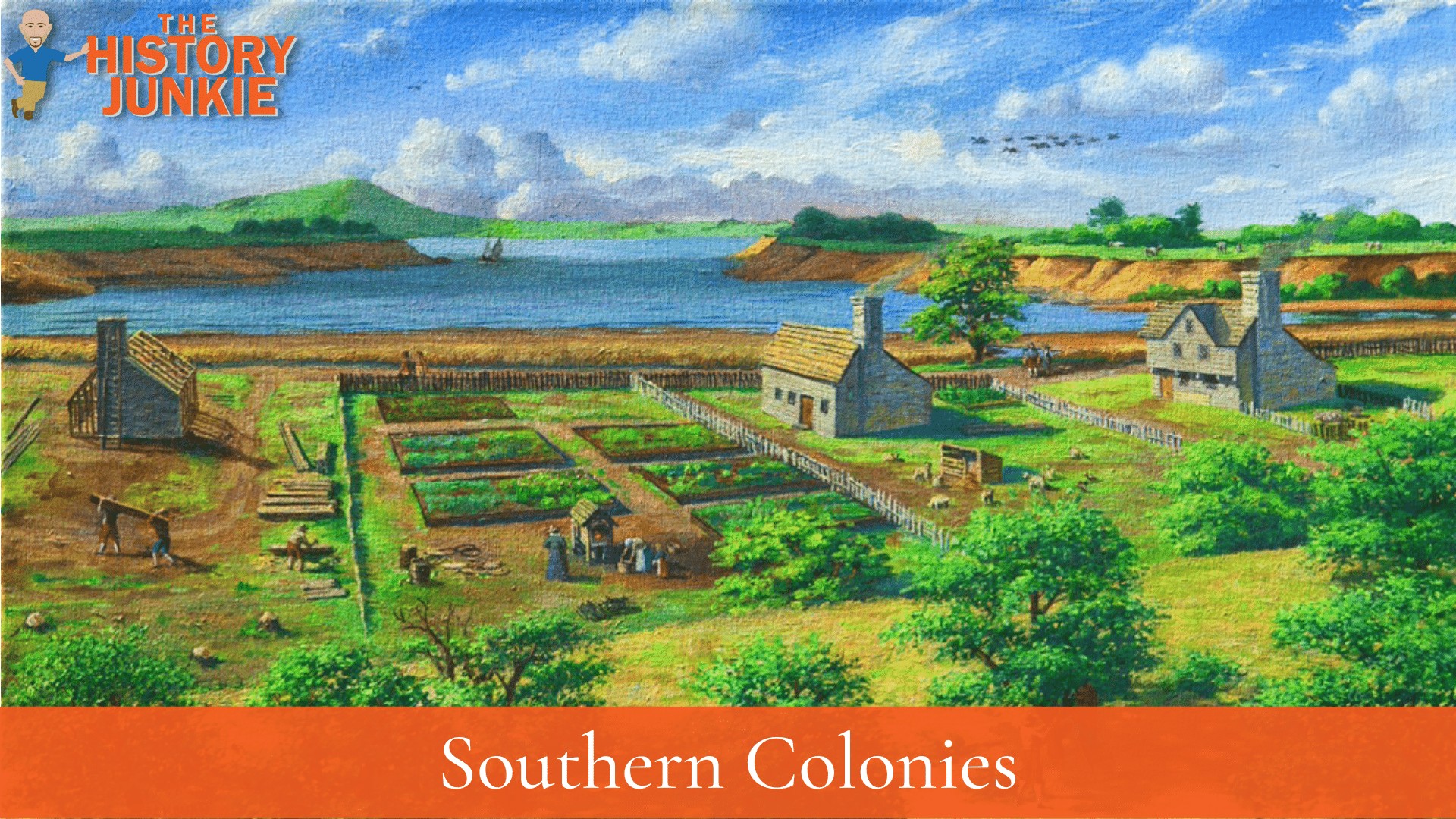
The winters of the southern colonies were much easier compared to those of New England and the Middle Colonies. The land was fertile and closer to the Caribbean for easy trade.
The Southern Colonies would be the last to be settled, with Georgia coming into being in 1726, and would be the last place the American Revolutionary War would be fought. Although it was the last to be settled, Virginia boasted the largest population and influence.
Men such as George Washington, Thomas Jefferson, Charles Lee, Patrick Henry, Francis Marion, Thomas Sumter, and George Rogers Clark would all come from this portion of the 13 original colonies.
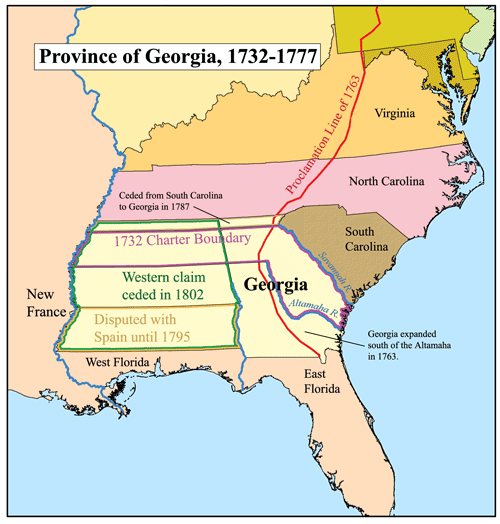
Virginia Colony
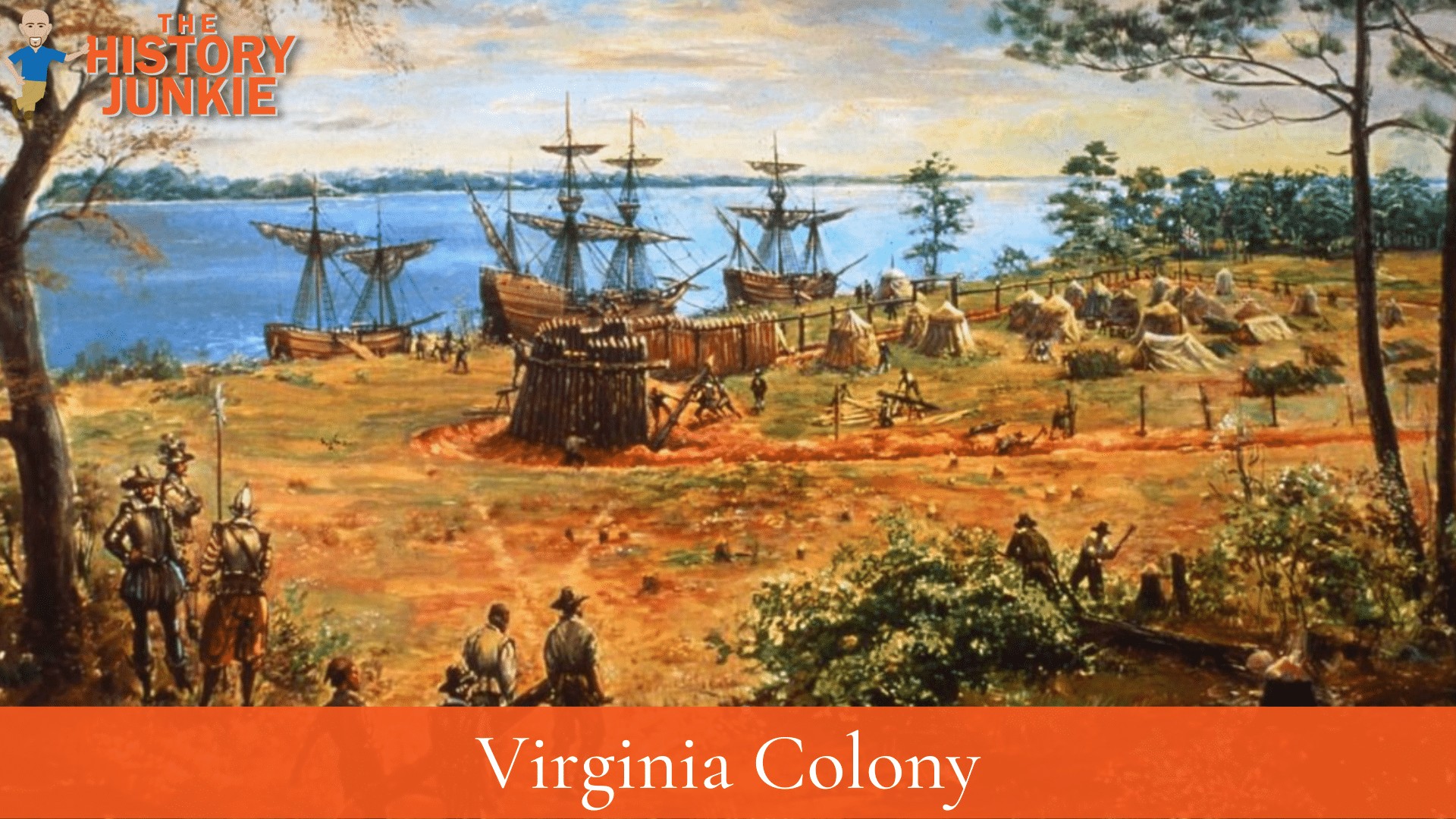
The lost colony of Roanoke was the first attempt at colonizing Virginia. The Virginia colony was originally founded by Sir Walter Raleigh, whom he named after his queen, Queen Elizabeth. The next attempt would come during the reign of King James I when he commissioned Captain John Smith to found Jamestown.
Jamestown would become the first permanent English settlement in the New World. Shortly after, Plymouth would be founded as the second colony in the New World. Virginia would begin as a meager colony and blossom into the wealthiest and largest colony in British America.
It would be due to their influence that the American Revolution would begin.
Signers: Thomas Jefferson, George Wythe, Richard Henry Lee, Benjamin Harrison, Thomas Nelson Jr., Francis Lightfoot Lee, Carter Braxton
Maryland Colony
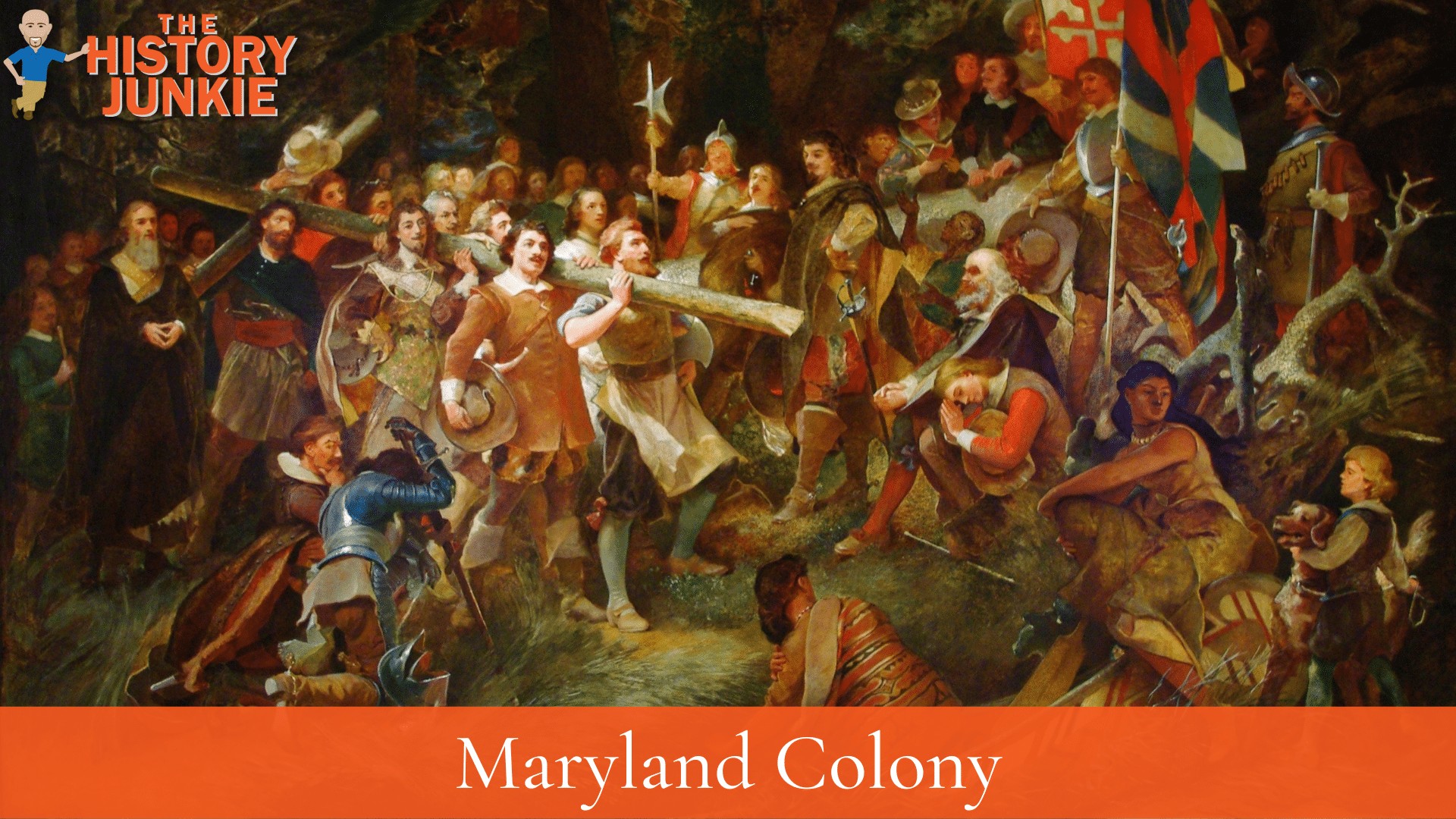
Maryland Colony was founded by Lord Baltimore as a haven for those who were Catholic. However, the land prices were so cheap that Protestants flocked to Maryland as well, which caused much division.
Lord Baltimore passed the Acts for Religious Tolerance in 1649, which made it the second colony, after Rhode Island, to allow religious freedom. Maryland would be the site of the new capital of the United States, except it would be renamed Washington D.C.
Signers: Samuel Chase, William Paca, Thomas Stone, Charles Carroll of Carrollton
North Carolina Colony
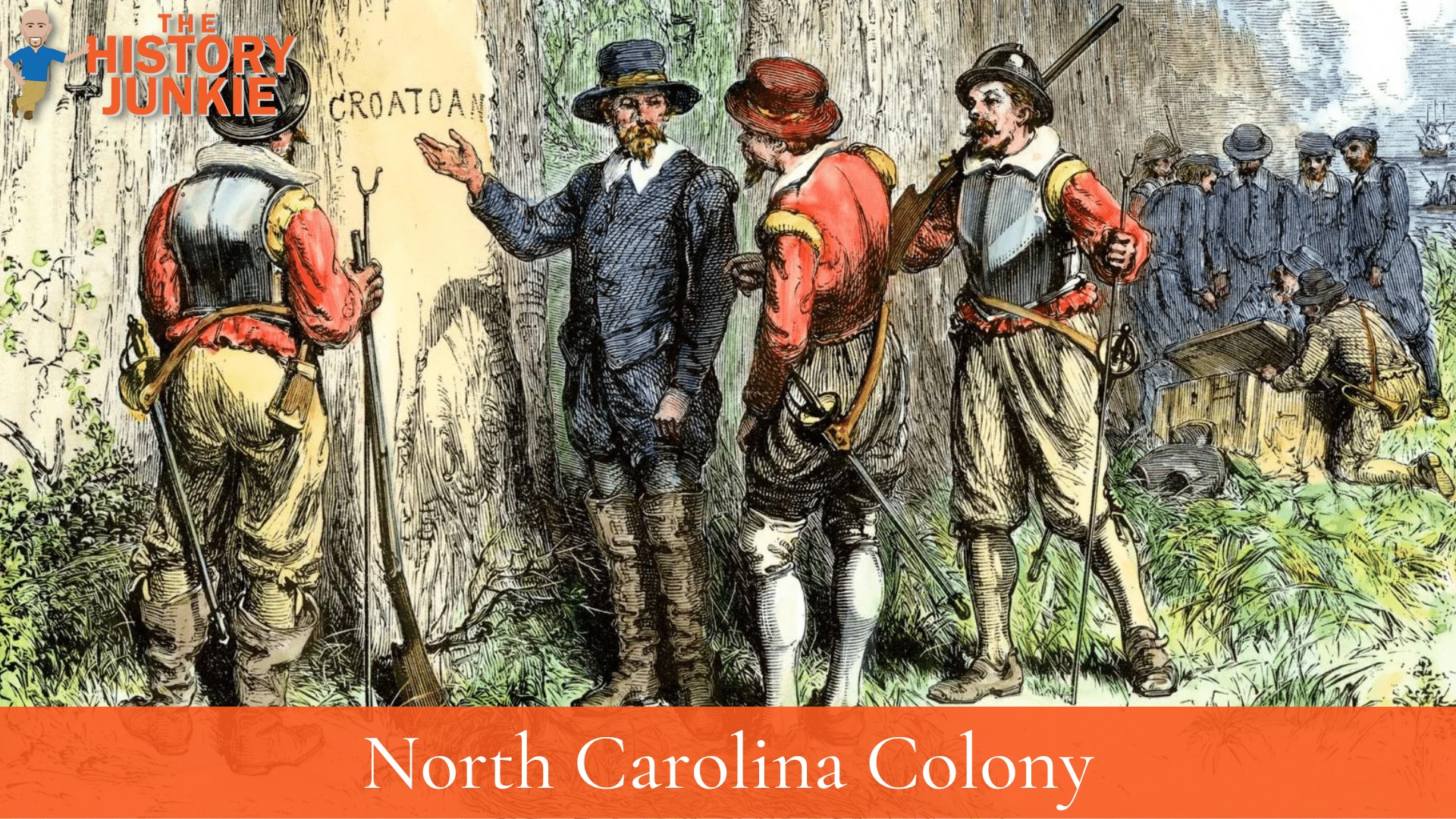
It was home to the first attempt at a colony by the English when colonists came and founded the colony of Roanoke. The colony would mysteriously disappear. There have been no mass graves, no signs of struggle. They were just gone. Many believed that merged with another Indian Tribe.
The North Carolina Colony was originally part of the Colony of Carolina, which was chartered by eight Lords Proprietors.
The province later became the U.S. states of North Carolina and Tennessee, and parts of the province combined with other territories to form the states of Georgia, Alabama, and Mississippi.
Signers: William Hooper, Joseph Hewes, John Penn
South Carolina Colony
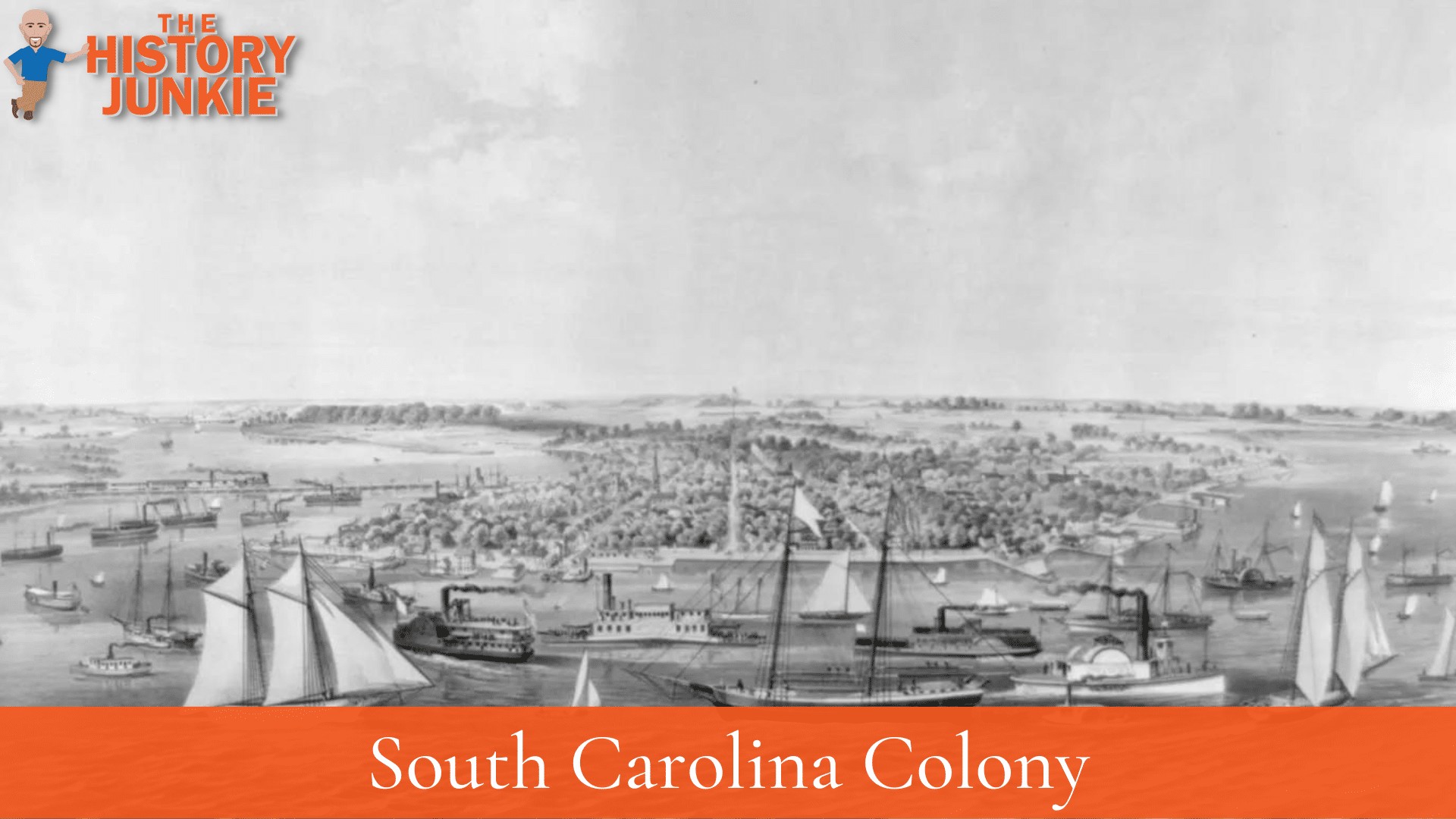
South Carolina Colony's beginnings are similar to that of North Carolina. Both were chartered as one colony and then split into two.
South Carolina was more populous than its northern counterpart, and its residents wanted to be independent of the eight Lord's Proprietor. Would become a hotbed of resistance during the American Revolutionary War.
Signers: Edward Rutledge, Thomas Heyward, Thomas Lynch, Arthur Middleton
Georgia Colony

Georgia Colony was founded by James Oglethorpe, who founded it as a haven for debtors. In the beginning, his rules were strict, which stagnated growth, but he eventually lightened up, which caused it to grow quickly.
By 1776, Georgia, the youngest colony, signed the Declaration of Independence against Britain. It’s the largest city at that time was Savannah.
Signers: Button Gwinnett, Lyman Hall, George Walton
